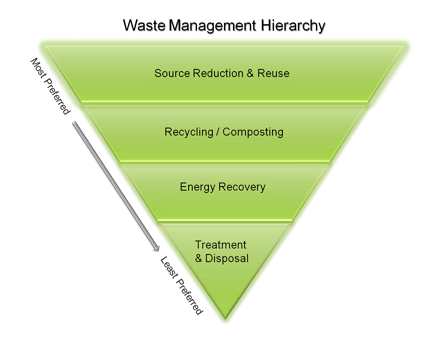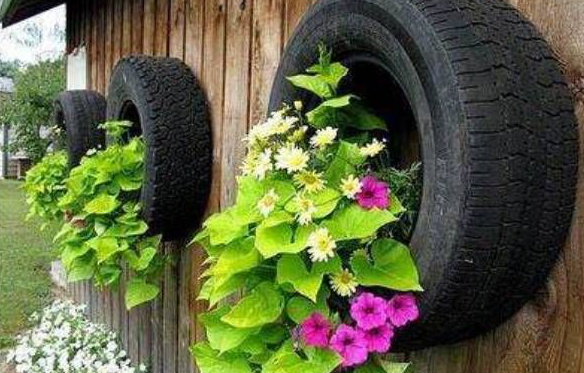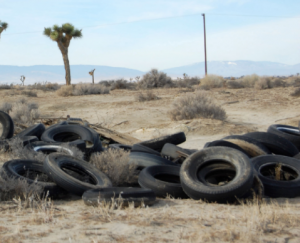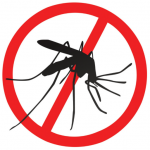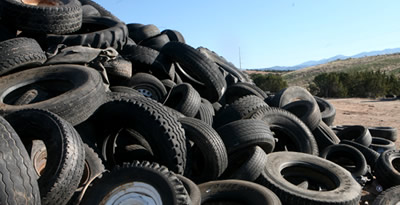
EPA
Are your automobile tires looking a little worn out? Rethink the opportunity your tire has if it’s recycled rather than tossed in the trash.
Due to the large volume produced and their durability, tires are among the largest and most problematic sources of waste. Yet, if recycled, they can also be one of the most re-used waste materials, as the rubber is very resilient and can be reused in other products like basketball courts, asphalt, and new athletic shoes. Roughly one tire per person per year is generated in the United States. That’s over 308 million tires per year!
Tire Repurposing Ideas
Where Can I Take Tires for Recycling? 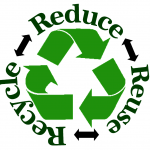
BuRRT
Tire Center Locations
When Buying New Tires, Recycle Your Old Tires:
Businesses that sell or install tires must take back tires of approximately the same size that they sell. The fee for the collection of old tires is included in the cost of new tires. (Source)
Bringing Tires to BuRRT
Free Days for Tires are the first weekend (Saturdays and Sundays) of every month.
During other times, residents are welcome to bring tires to BuRRT during our normal business hours any day of the week.
- If you bring eight (8) tires or less, you will be charged per tire based on the number of tires you bring.
- If you bring in more than eight (8) tires, you will be charged by weight AND will need to weigh in and weigh out. Additionally, customers bringing in ten (10) tires or more will need to fill out a manifest form. Please contact the Agency for information at (505) 424-1850 or as provided by the Scalehouse attendant.
Where Do the Tires Go for Recycling Processing?
When tires go to BuRRT for recycling, they are loaded on a trailer and transported to State Rubber in Denver City, Texas. State Rubber shreds the tires and produces crumb rubber to use for other applications.
Additional Tire Recycling Resources
Why Can’t They Go in the Landfill?
Scrap tires take up a lot of space in the landfill, causing it to fill up faster which cost everyone more money. It can also cause problems with the landfill covers due to their uneven settlement and tendency for tires to rise to the surface.
Clean up That Pile!
If you have a pile of tires in your backyard or neighborhood, get together with your neighbors to clean it up. The curved shape of a tire allows rainwater to collect and creates an ideal habitat for rodents and mosquitoes. Stockpiled tires are also prone to heat retention and can ignite. Tire fires are difficult to extinguish and can burn for months, generating unhealthy smoke and toxic oils. See New Mexico Environment Department for Tire Management information.
Mosquito Control: The most effective mosquito control is to keep tires dry. Pesticides applied to tire piles to control larval or adult mosquitoes may not be fully effective. Shredding tires, or otherwise rendering them incapable of holding water, is usually more effective than pesticides. If you must keep tires, store them indoors or stack and cover them with a tarp to prevent them from collecting water. Drill holes in tires in play equipment or other tire sculptures to allow water drainage and prevent future water accumulation. Keep vegetation and grasses around tires short, reducing resting sites for adult mosquitoes. (Source)
